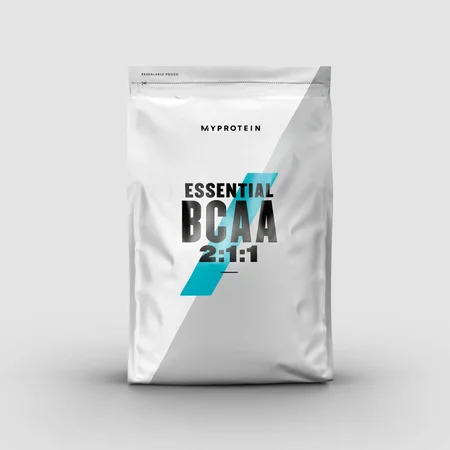
Diminishing returns is an idea, or situation, that anyone who has trained for a while will most likely encountered. It means that you no longer receive the same progress or growth from the workout or exercise that you have been doing. Maybe it worked for a while but it most certainly is not working anymore.
Working out and progressing in toward your physical fitness goals is all about forcing your body to adapt to the training. Once an adaptation has been made, that same stimulus will no longer have the same effect on the body. This is where most people stall out and eventually lose interest, the dreaded plateau.
How to Push Through A Workout Plateau
Breaking through that plateau will foster continued favorable adaptations but many people struggle with getting through it, but don’t worry there are many ways in which you can break through the plateau and continue progressing. Just keep in mind that the further you progress that slower those adaptations will eventually become to achieve, as is the continual struggle with diminishing returns.
So the answer lies somewhere in the land of moderation, which is not a very controversial or attractive answer but when pursuing safe progress is the best answer. Taking that into consideration, there is a simple principle that you can use to incrementally increase your exercise so that you can continue to attain favorable training adaptations when your progress begins to plateau.
The FITT Principle
F - FREQUENCY
I - INTENSITY
T - TIME
T - TYPE
The first letter of the FIIT principle stands for frequency. Frequency refers to the amount of times a week or the frequency that you work out a specific muscle or muscle group. Some people who are very inactive may find themselves making progress at first possibly by only lifting one day a week.
When progress begins to halt, an easy option to get back on track may simply be by adding another day to your activity schedule.
The I in the Fitt principle is for intensity. Intensity refers to how heavy the weight is, or to be more specific how close to your one rep max the weight may be. Muscular fatigue occurs as more work is performed (weight lifted). The higher the intensity or the heavier the weight, the less repetitions you will be able to perform.
A proper program should include differing intensities, however most resistance exercise should be performed at intensities of 60% or higher depending on your specific goals. Intensity for cardiovascular exercise can be determined by heart rate and percentage of maximal heart rate.
Training at a higher heart rate is an increase in intensity and thus a way to facilitate further adaptations.
One of the Ts stands for time. This could be referenced to the length of your activity or workout. So if your cardio progress has been slowing down you can add more time to your training session. This also applies to resistance training by adding in more time you would also add more volume (weight multiplied by reps multiplied by sets).
Type isn't that relevant for our purposes in this conversation as it just refers to the type of exercise, for example, cardiovascular or resistance training.
Other Considerations When Breaking A Workout Plateau
Another aspect of diminishing returns that is rarely addressed is the idea that more volume or work performed in the gym does not facilitate the same amount of adaptation (strength increase or muscle growth).
In fact, a lot of people may think that more is better and we know the increased workloads foster increased gains, however at what point is the proverbial carrot on the stick no longer worth the work it takes to get it?
A certain amount of work must be done and we see that in reference to single set and 2-3 sets, “2 to 3 sets per exercise are associated with 46% greater strength gains than 1 set, in both trained and untrained subjects” (2).
In comparison what about something like forced reps after failure? "When repetition failure was reached, neither additional forced repetitions nor additional set volume further improved the magnitude of strength gains… “(1). More may be better but it may not always be worth it depending on your personal goals and current training status.
Put it all Together
The real take home is that moderate increases in exercise factors can help to facilitate continued progress and growth. Always keep in mind that safety should be your main concern, increasing exercise factors too quickly can easily result in injuries and therefore making appropriate adjustments is extremely important.
Making too large of an increase will increase your risk for injury, and any serious injury takes away your ability to train. Continue to be responsible with your increases and safety and you will break through your plateaus and keep progressing towards your fitness goals.











